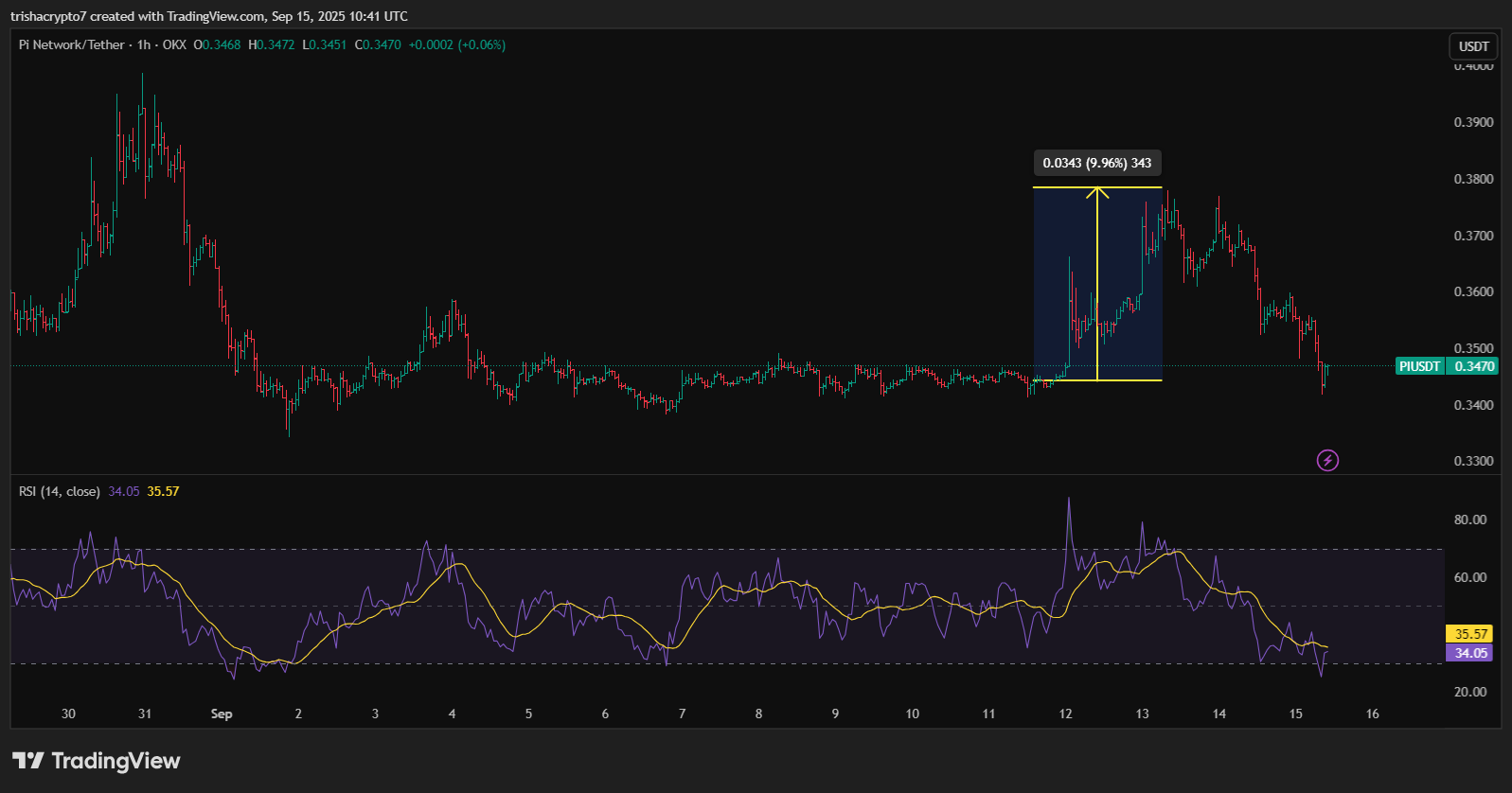Pi Network has recently updated its blockchain protocol to a new version that is currently operating on a testnet. This process is anticipated to gradually transition from version 20 to version 23 over the upcoming phases.
Summary
- Pi Network has progressed from version 19 to 20, marking the beginning of an evolutionary upgrade towards version 23.
- Following the blockchain upgrade, Pi coin saw an increase of up to 10%. However, it has struggled to maintain a price higher than its previous peak.
Dr. Altcoin, an advocate for Pi Network, stated on X that the blockchain upgrade began around mid-September, with several users observing the protocol version change. In September, the upgrade took place from version 19 to version 20.
“This process is expected to be a gradual upgrade leading up to version 23,” Dr. Altcoin mentioned in a post tagging the Pi account and its founders.
Even though the Pi Core team did not officially announce the upgrade from 19 to 20 on social media, many traders were aware of it. The upgrade was capable of pushing the price of Pi coin (PI) by as much as 10% on the day it occurred.
In a brief video shared on its YouTube channel earlier on September 5, the protocol informed the community about the planned upgrade from version 19 to version 23. This upgrade will be executed in phases, possibly requiring occasional system outages that will be communicated in advance.
The video indicated that the new version aims to be a custom Pi protocol developed on a foundation that integrates enhancements from Stellar protocol version 23, enabling additional layers of functionality and control for blockchain users.
Furthermore, the protocol upgrades will introduce new features, including embedding Know-Your-Customer authority, which will maintain Pi as a KYC-verified blockchain while facilitating a more distributed, community-driven KYC process at the protocol level.
The protocol refers to this new system as “the decentralization of KYC authority.”
“While the native Pi KYC solutions continue to verify Pioneers, the protocol will permit KYC authorities to be allocated to other trusted entities in the future,” stated the Pi Network in its video.
So far, the protocol has attracted significant attention from the crypto community due to its peer-to-peer system, claiming to have onboarded over 14.28 million migrated KYC-verified users onto its platform.
Pi Network price analysis
Recently, Pi Network’s token saw a notable breakout after exiting its consolidation phase. For several days, PI had been trading within a narrow sideways range around the $0.345 mark, showing minimal volatility.
On September 12th, the realization of the upgrade to version 20 triggered a momentum shift as a sharp rally pushed prices nearly 10% higher, from about $0.345 to a peak near $0.380. However, this bullish momentum was fleeting. After reaching $0.380, sellers brought the price down to around $0.347.

The retreat indicates a lack of sufficient buying pressure to maintain the breakout, and many traders likely took profits following the upgrade-driven surge. The RSI corroborates this change, decreasing from overbought levels above 70 to bearish territory below 40, suggesting weakening momentum.
As of the latest update, PI is trading just above the former consolidation floor around $0.348, which now serves as immediate support. If the price fails to hold this level, Pi coin might drop back into the $0.340 to $0.335 range, where buyers have previously defended.

